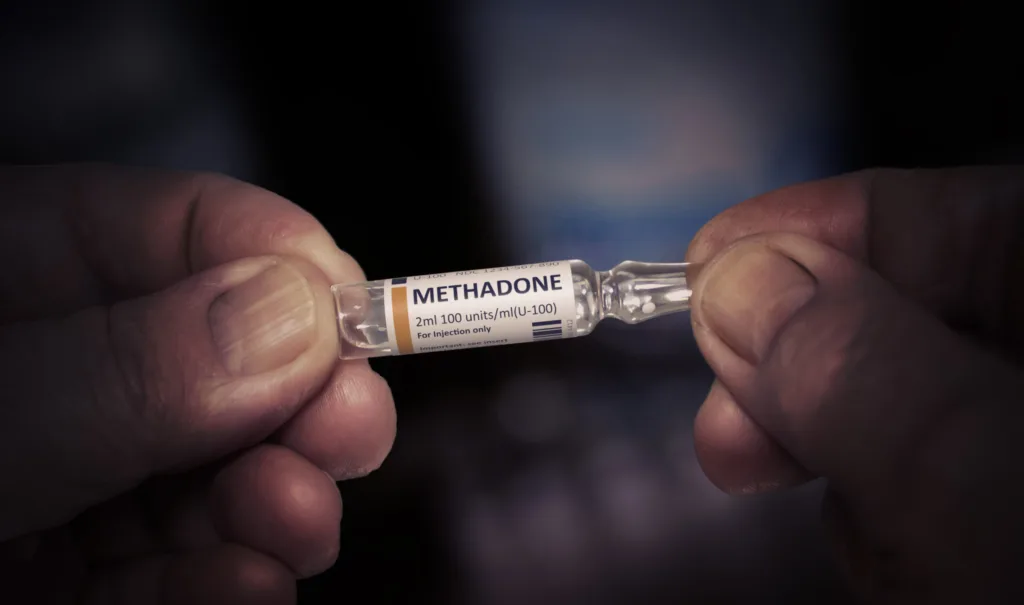Most Popular
Categories
Archives
Substance use and misuse are all too common, and their effects are severe. Here’s what you need to know about these terms, why language matters and how you can focus on substance use prevention by learning the warning signs of an addiction.
How common are substance use and misuse?
According to the National Institute of Health, substance use disorders are quite common. A survey of adults in the United States found that roughly 4 percent of the population currently faces a substance use disorder, and an estimated 10 percent have struggled with a substance use disorder at some point in their lives.
The Centers for Disease Control and Prevention states that 40.3 million Americans ages 12 and older were found to have a substance use disorder in 2020. SUDs (substance use disorders) are treatable, and understanding the basics of the condition and how to talk about them is important for those affected and their loved ones.
What is a substance use disorder?
The criteria for a substance use disorder is defined by the Diagnostic and Statistical Manual of Mental Disorders, a handbook by the American Psychological Association that clarifies mental disorders, their causes and their treatment. Substance use is referred to by many different terms, but in clinical settings, “substance use disorder” is the most appropriate term.
In order to be diagnosed with a substance use disorder, the following criteria must be met.
- Consuming a drug in larger amounts than intended
- Wanting to stop using a substance and being unable to
- Devoting significant time to obtaining, using or recovering from the drug
- Experiencing cravings or withdrawal
- Impairment in functioning in work, school or home life
- Continued use of the drug despite negative consequences
- Substance use despite risky situations or dangerous symptoms
What is the difference between substance misuse vs abuse?
In addition to substance use disorders, addiction issues are also frequently referred to as “substance misuse” and “substance abuse.” While these terms are casually used interchangeably, there are some differences in how these terms are used and what they mean.
The National Institute on Drug Abuse outlines terms and phrases to use and avoid when talking about addictions. Using particular language is important because it lends specificity and clarity to the topic and it demonstrates respect for those who are struggling with addictions.
Substance use and misuse are terms that have replaced the term “substance abuse.” It may seem like a tiny and irrelevant change, but substance misuse vs. abuse can help decrease stigma, as the word “abuse” was found to raise negative judgments in a study by the Harvard Medical School.
The American Public Health Association gives the following definition of substance misuse: the use of illegal drugs and the inappropriate use of legal drugs. This includes illegal drugs like heroin, LSD and ecstasy.
The definition of substance misuse also includes the taking of substances that have legitimate medical uses. When prescription drugs like Xanax, Valium and Adderall are taken not according to a doctor’s prescription, this is considered misuse. This can include taking someone else’s prescription or taking incorrect dosages (either too much or too frequently).
According to ShatterProof’s Addiction Language Guide, language reflects subconscious biases and can be helpful or harmful to those with stigmatizing conditions. The words we use can perpetuate misconceptions about addictions and using person-first language was found to impact clinician’s approach to treatment, increasing empathy.
Substance use prevention
Substance use and misuse are serious concerns, both for society at large and for the individuals affected by them. Even before substance use progresses into a full-fledged substance use disorder, there are ways to recognize warning signs of addiction and focus on prevention.
Substance use prevention starts with recognizing behaviors and symptoms of addiction. The Mayo Clinic lists warning signs to look out for in yourself or a loved one.
- Feeling urges to use a drug regularly
- Being unable to concentrate on or think about anything besides obtaining and using a drug
- Needing more and more of a substance to feel the same effects (the building of a tolerance)
- Taking more of the drug or taking the drug more frequently than you intended
- Needing to have a supply of the drug or panicking when it’s not easily accessible
- Running into financial difficulties due to paying for the drug
- Failing to meet commitments due to using the substance
- Continuing to use the substance despite the harm it causes
- Struggling at work or maintaining relationships due to the drug
- Having difficulty with normal daily tasks and interactions due to substance use
- Failing in attempts to get sober
- Neglecting appearance and personal hygiene
- Abrupt changes in behavior, mood, social groups or interests
- Doing things you wouldn’t normally do to obtain a substance
These warning signs could indicate that substance use has escalated. When prescription drugs are involved, warning signs could include running out of a prescription too early, hoarding old prescriptions (stocking up) or going to multiple doctors or pharmacies to obtain prescription substances.
If you recognize these signs in yourself or someone you know, it’s time to reach out for help. October Road can help. At October Road you’ll receive the care you need each step of the way: from a formal assessment and clinical diagnosis of a substance use disorder to a personalized treatment plan, you can be assured of the best services available.


